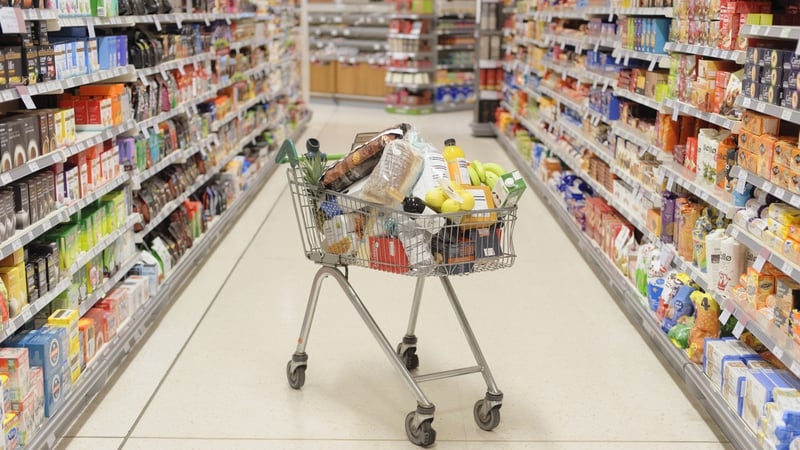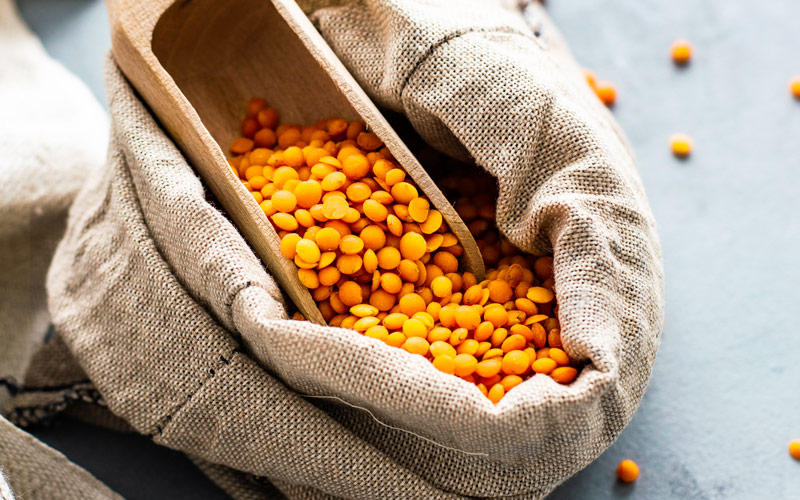UK food price expectations

Food inflation remains the economic variable of the day as UK food price appreciation remains especially fulsome.
The UK Government is right to be concerned about such inflation, not least because of its regressive impact upon the poorest albeit is worthwhile pointing out that obesity is a major food policy issue too, somewhat centred upon the consumption of too many calories amongst other things.
However, rather than thinking about the problem in an intelligent and supportive manner, especially around a) its policy contribution to inflation (e.g., the National Living Wage and somewhat questionable energy policies), and b) what can be done to reduce the cost of serving Britain’s dining tables, it quietly stokes up the scapegoating of UK supermarkets, whose popularity and trust has been damaged in recent times, and poses insane ideas like voluntary price controls. The motives about this, which also involve asking for more mad CMA investigations is to quite simply say it is doing something and deflect attention from its own considerable inadequacies.
We can only live in hope that capable and competent policy makers and officials will be more apparent in the future. Ahead of such a time, the industry must face into the challenges that high food inflation brings. It is a bit of an urban myth that supermarkets somehow enjoy high food inflation, it could not be further from the truth. Rapidly rising food prices of the sort seen in 2023 (19% ONS CPI Food measure, c16% NIQ) lead to falling volumes and weaker mix in store. As with the rest of the food system, rising commodity, energy, and labour costs also hit the retailers’ margins. Hence, they have a vested interest to help bring inflation down to manageable levels, which is c2.0-4.0%; Goldilocks territory.
UK food inflation does look like it has peaked but is falling slowly and to some, feels anomalous compared to the more notable easing back of some commodity prices, e.g., dairy. The reasons for this are several, 1) raw materials are only part of the retail price, 2) the time lag between the incurrence of cost pressures and recovery can be extensive, especially if contracts are in place, three, six, twelve months is not uncommon. So, the high Q1 2023 food price inflation in the UK reflected moving parts from 2021 and into 2022. 3) there are key items where inflationary pressures remain robust, energy, insurance and auditing, labour (10% increase in UK benefits and a 9.4 rise in the National Living Wage), and packaging. Such items still need to work through the system.
Then there are the remaining imponderable items; so, the northern hemisphere harvests, noting recent relief that rains arrived in the Mid West of the USA after frankly a spring 2023 drought, crude oil prices and sterling. For now, the latter two are stable but these remain big contexts for food prices.
Assuming that the early spring is the peak of the present cycle in UK food prices, where are they likely going? Well, downwards is the central and sensible expectation, largely as a function of the impact of comparatives on the current year’s out-turn. Those comparatives will be relevant right through 2024 noting current inflation. Disinflation (falling inflation) is much, much more likely than deflation (falling prices), the latter of which few folks enjoy in the food system. By December, ONS CPI Food inflation is likely to be closer to 10% than the May level 18.5%, so still meaty but much less extreme.
Repeating the point about comparatives, the combination of benefit changes, public sector pay review body recommendations, and the 2024 National Living Wage declaration will be key factors about ongoing core UK inflation, the measure that the Bank of England has simply failed to understand and is struggling to be in-front on. Accordingly, an expectation of peak UK base rates of 4.0.4.5% at the start of 2023 has been replaced by an anticipated 5.0-5.5%, already hitting the former. Base rates are blunt instruments, take time to have effect, and change things within an economy, the outcome of which remains to be seen.
So, UK food inflation is on the way down, but its descent is fragile and ponderous. Inflation looks like it is increasingly engrained, so higher for longer, which also means the same for interest rates. On a brighter note, though, rising wages (6-8%) and ONS CPI probably being c5% by December 2023, means that there is the prospect of rising living UK standards for a while, which may mean stabilising and rising food volumes and improved mix as 2023 ends and into 2024. Now, what could possibly go wrong?
Dr Clive Black
Senior Advisor.
Coriolis Consulting
June 2023








